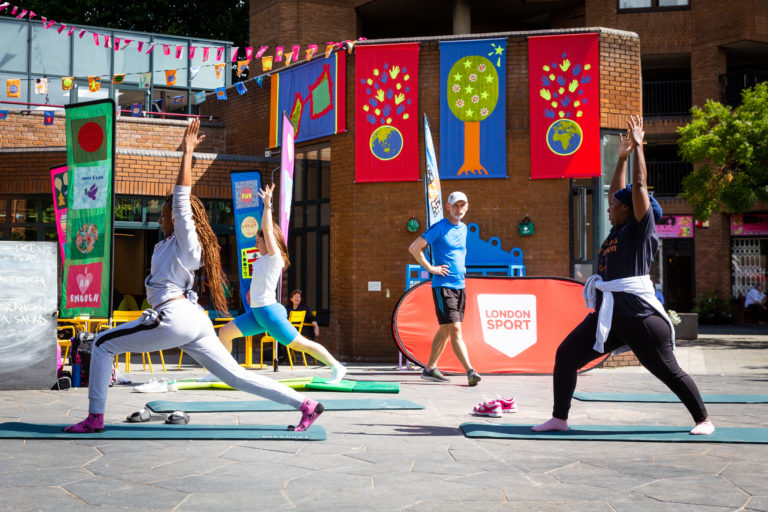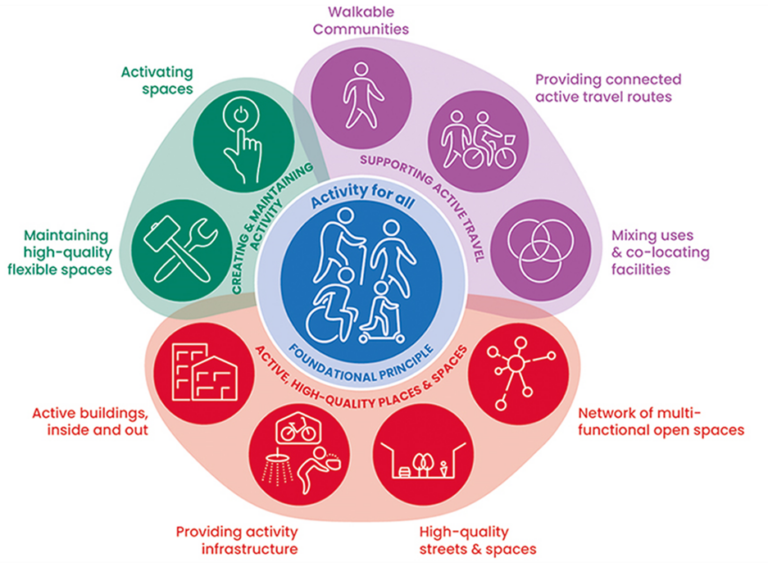
Where we live and the places and spaces we interact with as part of our daily routines have a significant impact on how active we are.
London Sport’s work on Active Environments aims to create and optimise spaces across London that encourage and facilitate physical activity, particularly for those who are least active or face the greatest inequalities around accessing sport and physical activity.
Our work will focus on addressing two specific challenges:
A key challenge for access to physical activity is access to the right facilities. London’s dense urban landscape and high population density result in existing facilities operating at high utilisation levels, making it difficult to build additional facilities to meet demand.
London Sport aims to work with partners across London to increase the use of non-traditional spaces, such as community centres, libraries, car parks and empty shopping centre units.
These spaces reduce the need to build new facilities but are often overlooked because they are not designed specifically for physical activity. We believe that by connecting up the right partners and better understanding key barriers that restrict the use of these spaces, we can provide opportunities for Londoners to move more.
Londoners spend a large amount of their daily lives in the built environment, and these spaces have a huge bearing on how active we are. Spaces that are well planned and incorporate good design, create more opportunities for them to embed physical activity into their daily routines.
London Sport is seeking to increase the implementation of the “Active Design principles” created by Sport England, Office for Health Improvement and Disparities, and Active Travel England.
The adoption of the active design principles can support a number of other issues that are prevalent across London, including climate change, increased community cohesion and community safety.
The principles of Active Design can be seen below.
